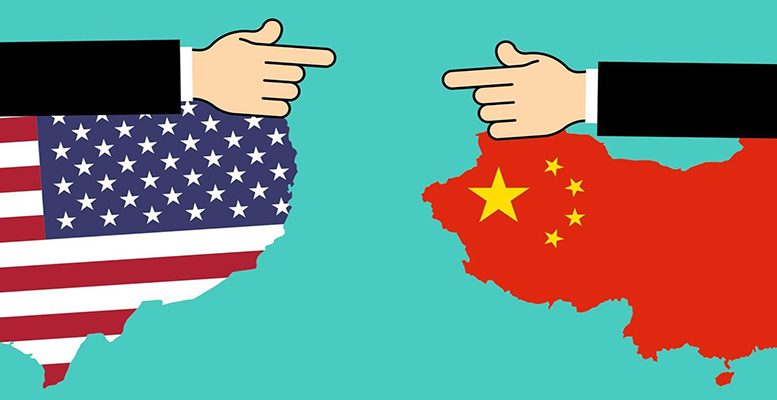Alicia García Herrero (Natixis) | The strategic competition between the US and China started in early 2018 when the Trump administration implemented untargeted import tariffs and reoriented most of its trade efforts towards widening the technology gap between China and the US with a special focus on deep tech, such as semiconductors. The Biden administration has pushed even further in that direction. However, one should not forget that well before Trump came to power, China started blocking Western technologies trying to enter its market especially in the context of open internet skies and digital platforms. The situation is not only the US trying to contain Chinese technology but also China choosing where to engage and where to disengage.
The question is not so much whether this trend will continue, but rather what the consequences may be. The situation between China and the US would usually be described as technological decoupling, but the reality is more complex. Decoupling is a concept that economists have borrowed from engineering and is the opposite of tight coupling. It implies a sudden action of separation, but this is not what is happening in the economic arena, not even in the tech space. In fact, the idea of suddenly moving away from hyper-globalisation to no-globalisation through a policy action, namely decoupling, does not reflect reality. What we are experiencing is a slow but steady process of bifurcation of technologies as well as technological standards.
But is bifurcation happening faster than we think? Judging by what the US policymakers state they want to achieve, the answer could be yes. In his recent speech on the new Washington consensus, the US National Security Advisor Jack Sullivan stated that the goal is to build a “high fence on a small yard” when it comes to China. This effectively means tightly controlling the transfer of technology but only for key technologies, especially for the ones with dual and military use.
In contrast, European policy makers have a different narrative, mostly focusing on reducing strategic dependence rather than blocking China’s access to core technologies. As depicted by the European Commission President Ursula von der Leyen in a speech before her trip to China last month, any push for de-risking needs to focus on diversifying the sourcing of European imports, especially for the EU’s energy transition, from what is now a huge concentration in China. This could be read as if the EU were not going to follow the US in its push to contain China technologically.
However, the drastic measure of containment, namely the chip ban that the US introduced back in October 2022, meant that one specific EU Member State, the Netherlands, had to take the decision to follow the US in its decision. The reason for this is because the Netherlands is the only country in the EU which makes part of the highest-end part of the semiconductor value chain, through the export of its lithography machines to produce advanced chips.
The chip ban is not as narrow as the idea of a ‘small yard’ could imply. It started with a prohibition on selling most gear that can manufacture semiconductor equipment of 10 nanometres and below (i.e. even more advanced) but that barrier moved to 14 nanometres, basically expanding the ‘yard’. The ‘fence’ might not be as high as it looks because of the many loopholes that exist for China to continue to import high-end semiconductors from third parties. Finally, China’s capacity to move up the ladder cannot be underestimated because of a massive number of subsidies dedicated to China moving up the ladder in key technologies, including semiconductors.
Whether China succeeds in reducing – or even eliminating – the technological gap or not, what seems clear is that both the US and China are attempting to create the largest possible cohesive bloc from which to run their ecosystem. While this is a problem for every country, as taking sides can only be detrimental, it is much more difficult for larger blocs or countries such as the EU or India. The choice does not only depend on values or political preferences, but also on the degree of technology a country may have access to.
While there is still a doubt as to whether China will manage to reach the technological frontier, emerging and frontier economies may have the impression that China, as self-proclaimed leader of the Global South, will be more willing to share its own technology. Evidence on China’s technological transfer into the Global South is still limited, but there is hope against hope, especially given historical grievances from the Global South on the West’s unwillingness to freely share technology. The case of vaccine patents during Covid is still fresh in the memories of many policy makers from emerging and frontier markets.
The US and China seem to be bifurcating towards two technological ecosystems, admittedly only for a few key technologies, but once the process of building alliances starts, it is hard to stop. The EU seems reluctant to start containing China technologically, but it does need to de-risk by diversifying its sources of imports away from China. How to obtain the latter without supporting the US on the former? It is safe to say: “Welcome to technological bifurcation!”.
China and the US might not be decoupling but their technologies are bifurcating





